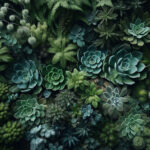Unveiling the World of Shade-Tolerant Sedum
Welcome to the lush and often overlooked corner of gardening – the verdant world of shade-loving sedums. These hardy and versatile plants have a secret superpower: they thrive in the cooler, dimmer areas of your garden where the sun is a rare visitor. If you’ve been searching for the green thumb’s equivalent of a secret garden, you’re in for a delightful discovery!
Envision this: A garden where the swaying tree branches filter the sunlight, casting a dappled shadow below. Here, against the odds, you find a ground filled not with the barrenness of lifeless soil but with a thriving understory teeming with a variety of sedum species. From the emerald elegance of ‘Dragon’s Blood’ to the dusky demeanor of ‘Chocolate Ball’, these are the valiant heroes of the shaded outdoor arena.
Real-life proof of the prowess of these plants can be found in the shaded retreats of urban landscapes and in country gardens alike. Picture a north-facing garden wall, usually a place where only mosses dare to tread. Now, reimagine it adorned with the tapestry-like foliage of these shade-tolerant stunners. These are the unsung stalwarts that transform an otherwise finicky nook into a panorama of perennial pleasure.
Growing sedum in shade might seem counterintuitive, but let’s debunk that myth. These aren’t the delicate darlings that wither at the first sign of cloud cover. On the contrary, they are galvanized by the protection that the shade provides. So before you write off that dim corner of your yard, consider this: it could be the perfect haven for shade-adapting sedums.
But don’t just take our word for it; here’s a chance to see these shade champions in action. The embedded video below showcases gardening tips specifically tailored for ground cover plants that flourish without full sun—among them, our trusty shade-loving sedum. Enjoy this visual journey and gather the inspiration you need to start your shade garden venture:
Armed with a newfound appreciation for the resilience and beauty of sedum, it’s time to explore which varieties will be your new ground-covering allies and how you can foster their growth, ensuring they spread a lush carpet beneath the canopy of trees or along the quiet facade of your home. Stick with us, and turn what was once a shade problem into your green sanctuary.
Understanding Sedum Light Requirements
When we think of succulents, we often picture these hardy little plants basking in the balmy glow of full sun. But did you know that some sedums actually prefer a little shade? Let’s get into the nitty-gritty of sedum light requirements and find out which varieties thrive under a sun-dappled canopy rather than direct sunlight.
Imagine sitting under the light shade of a large oak tree on a bright summer day. That’s the kind of environment certain shade-loving sedums can prosper in. For the most part, sedums are sun-worshippers and need good ol’ daylight to keep their succulent leaves plump and vibrant. However, just like humans, they don’t all have the same sun tolerance. Some varieties have adapted to flourish where the light is softer and the air a little bit cooler.
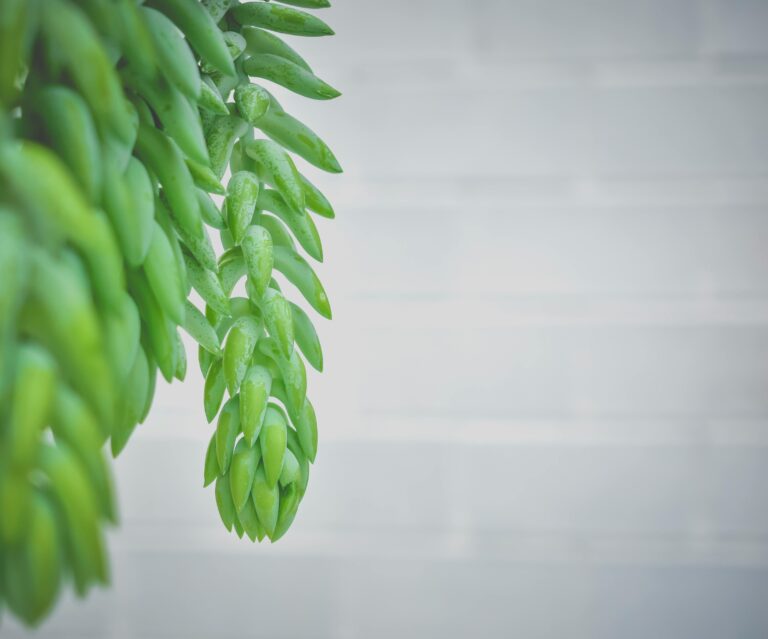
For instance, take ‘Autumn Joy’ sedum—this variety can tolerate some shade and still reward you with its stunning blooms in late summer and fall. Sedums are not only diverse in their sunlight needs but also in their forms, with some being low-growing ground covers and others standing upright and proud. Knowing which type can handle less than the typical six to eight hours of sunlight a day can be a game-changer for shaded gardens.
If you’re curious about a sedum variety’s sunlight preferences, it’s wise to dive deeper into their specific care requirements. Generally, sedums prefer well-drained soil and a decent amount of light. Still, with varying species comes a spectrum of sunlight adaptability. Sure, most sedums want their time under the beaming sun, but for shade-tolerant types, that understated morning light or dappled afternoon sun is just perfect.
It all comes down to understanding the unique personality of each sedum species. Just as some people thrive in the bustling energy of midday, others flourish in the calm of twilight. Similarly, some sedums relish the intense midday sun, while others, such as many in the Sedum ternatum family, catch their stride in less intense light conditions.
When planning your outdoor succulent oasis, consider the microclimates of your garden. Those spots that get a few hours of morning sun followed by afternoon shade could be the ideal location for a sedum that prefers a break from the heat. On the flip side, those wide-open spaces drenched in daylight are perfect for sun-loving varieties. Tailoring your plant choices to their preferred light settings is like matchmaking – when it’s right, it’s a beautiful thing.
Top Sedum Varieties for Shaded Gardens
Embarking on a gardening adventure in those dimly lit corners of your garden? Fear not, for the resilient sedum is here to bring life to the shade. Often hailed as the versatile champs of the plant world, these succulents are steadfast in their determination to flourish, even when the sun takes a leave of absence. To help your shaded garden reach its peak potential, let’s delve into some sedum varieties that don’t just persevere—they thrive.
Imagine you’re wandering through a cool, sun-dappled woodland and you stumble upon the striking ‘Dragon’s Blood.’ This charismatic sedum paints your garden with a tapestry of deep red to purplish foliage, most vibrant when the light filters through the canopy above. Hardy in zones 3-8, it hugs the earth, forming a plush, living rug that’s touchably soft. As autumn arrives, the sedum makes a flamboyant exit, adorned with starry red flowers that bid a final adieu to summer days.
Now, let’s talk about ‘Cape Blanco’—with its powdery-white leaves, it’s the garden’s own moonlight reflector. Nestled comfortably in zones 5-9, it’s a sight to behold as it catches the faint glow of the evening light, transforming your shaded retreat into a silver-kissed sanctuary. The petite yellow flowers that burst forth in summer add a sprinkle of sunshine to the quiet nook of greenery.
Sedum, The Shade-Owning Succulent
Looking for a sedum that arches gracefully like a ballerina? The ‘Frosty Morn’ sedum is an impeccable choice for those shaded spots where little else dares to grow. As if dusted by winter’s early frost, the edges of each leaf are edged with a delicate white trim. Surviving happily in zones 4-9, this variety demonstrates that even with limited light, your garden can gleam with the luster of a frosty morning no matter the season.
And let’s not overlook the ‘Matrona’ sedum, the statuesque beauty among its compatriots. Picture this: robust stems holding aloft fleshy leaves kissed by a tinge of pink, captivating anyone who meanders by. Originating from zones 3-7, ‘Matrona’ is a top choice for bringing some vertical intrigue to your shaded sanctuary, all while boasting clusters of soft pink blossoms that hover like clouds above its elegant foliage.
While we’ve gathered here to share anecdotes and advice about these dusk-lovin’ darlings, nothing beats seeing them in their natural, shaded glory. To see some of these fantastic varieties in action, take a peek at this informative video:
For those green thumbs looking to learn more about growing sedum in low light conditions, our article “Unlocking the Secrets: Can Sedum Thrive in Partial Shade?” offers a plethora of tips and tricks to keep your stonecrops singing. It’s a valuable resource for anyone aspiring to foster a flourishing, shade-embracing sedum garden.
So, if your garden has been caught in the shadows, fret not—sedum varieties like these rise to the occasion, filling your space with texture, color, and life. They’re the unsung heroes of the horticultural world, proving that even in the shade, your garden can be a source of envy and inspiration.
The Benefits of Planting Sedum in Shade
Think of a lush, velvety green patchwork quilt, one you can plant in your garden’s shadiest corners where even grass dares not grow. This isn’t a fantasy; it’s the realized dream of gardeners who have discovered shade-loving sedum. Sedum, often known for basking in the sun, has a secret shadow side. A select few of these resilient little plants not only survive but thrive in the cool, quiet understory of larger flora.
Raised garden beds or the bases of old oaks, areas typically considered challenging for sun-seeking species, become the prime real estate for a diverse variety of sedum. Picture this: a verdant carpet formed by ‘Cape Blanco’ or ‘Dragon’s Blood’ unrolling beneath a canopy of trees. It’s not only aesthetically pleasing but also a lifesaver for spaces where sunlight is a coveted currency.
And it’s not just about filling space. Sedum plants come with a suitcase of benefits. They’re remarkably undemanding, asking little more than to be left in peace. Their drought tolerance is legendary—a superpower in these water-conscious times—and their contribution to biodiversity is nothing short of miraculous. A single patch of sedum can attract an array of pollinators disproportionate to its size, offering a banquet for bees and butterflies alike.
When the summer sun beats down, and even the chirpiest of gardens start to wilt, sedum stands defiant. It’s the green knight in the garden’s tale, offering a shield against the drought. This resilience is precisely what makes it a brilliant companion for shadier spots, turning a potential problem area into a low-maintenance haven.
Sometimes, we stumble upon real-life stories that perfectly encapsulate the allure of sedum in shade. Take, for instance, my neighbor’s once-dreary north-facing slope, transformed by sedum into a textured tapestry that shifts and dances with the seasons, perhaps even out-competing the showy sunlit blooms elsewhere. Such examples are living proof of sedum’s understated charm.
If you’re interested in weaving some sedum magic into your own landscape, be sure to delve deeper into care tips and insights to ensure your new green friends enjoy a long, healthy life in your garden.

Easy Sedum Care for Shady Spots
Beyond their ability to illuminate dark corners with their presence, sedum plants are the epitome of convenience for the busy, modern gardener. With such low maintenance requirements, they almost seem to say, “Don’t mind me, I’m just going to look stunning over here without any fuss.” It’s a quality that makes them perfect for today’s fast-paced lifestyles where gardeners may not have the luxury of time.
So, embrace the shade, and let sedum be your silent, steadfast garden ally. Watch as it transforms your shaded nooks into a sanctuary of serene greens, proving that even in the shadows, there’s an opportunity for extraordinary beauty.
Sedum Planting and Care Tips for Shade Environments
Is your garden graced by the dappled light of a sun-shy corner, or perhaps the lingering shadows beneath a towering oak? Even then, there’s a stellar sedum selection waiting to bring a touch of the easy-care succulent world into your quiescent nooks. Let’s embark on a green-thumbed journey to ensure your shade-loving sedum doesn’t just survive but thrives.
First off, don’t let the myth that all succulents are sun worshippers mislead you. Many sedum species, thanks to their hardy and adaptable nature, will do just fine in lower light conditions. However, when plotting your shade garden’s layout, consider spots that receive filtered sunlight or a few hours of morning sun, as complete shade might tip the scales from thriving to merely surviving.
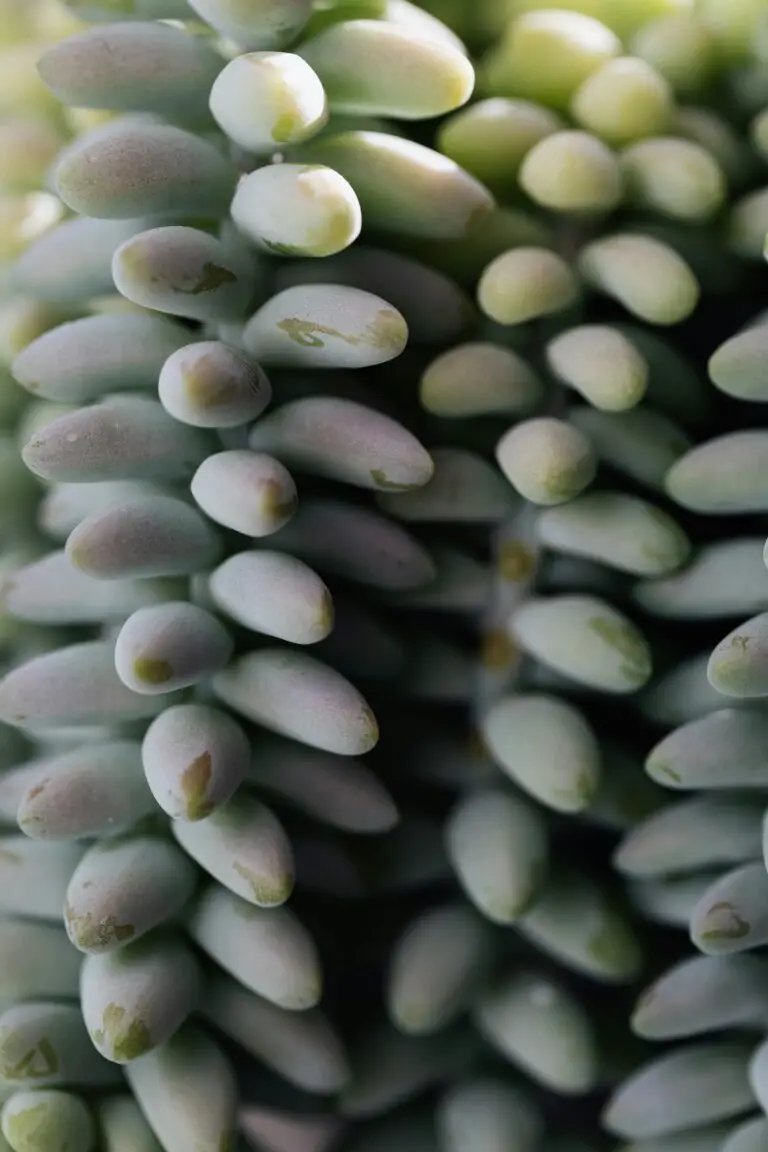
When nestled in your garden’s shady embrace, be prudent with the watering can. Overhydration can spell doom for sedum, as its succulent leaves store water aplenty. Ensure the soil is well-draining and hold off on watering until the soil feels dry to the touch.
Fertilizing sedums in the shade doesn’t need to be a frequent affair. An occasional sprinkle of compost or a diluted, balanced fertilizer in the growing months will keep your sedums satisfied without encouraging leggy, sparse growth that too much shade might tempt them into.
Maintaining your sedum isn’t a herculean task; they’re rather low-maintenance. Deadheading the spent blooms can encourage more vigorous growth and blooming, so don’t hesitate to snip those faded flowers away. Need more tips on nurturing these resilient beauties? Peek over at boosting plant health and blooms for more wisdom.
Remember, whether your garden basks in the sun or cozies up in the shade, there’s a sedum that’s up for the challenge. Keep these planting and care tips in mind, and watch as your shaded spaces transform into lush, green retreats, defying the age-old adage that succulents and shadows don’t mix.
Common Challenges When Growing Sedum in Low Light
So, you’ve decided to spruce up those shady spots in your garden with some shade-loving sedum, only to find there’s a bit more to it than simply planting and walking away. Growing these resilient plants in less sunny spots comes with its own set of hurdles. Let’s dig into the common issues that can rain on your parade and how you can dodge these raindrops to keep your garden thriving.
Picture this: you’ve watered your sedum just a tad too much, thinking “the more the merrier,” right? Not quite. These hardy plants are succulents, and too much love in the water department can lead to root rot. To avoid turning your sedum into an underwatered plant drama, keep a check on the moisture levels, especially in shaded areas where the sun isn’t there to help with evaporation.
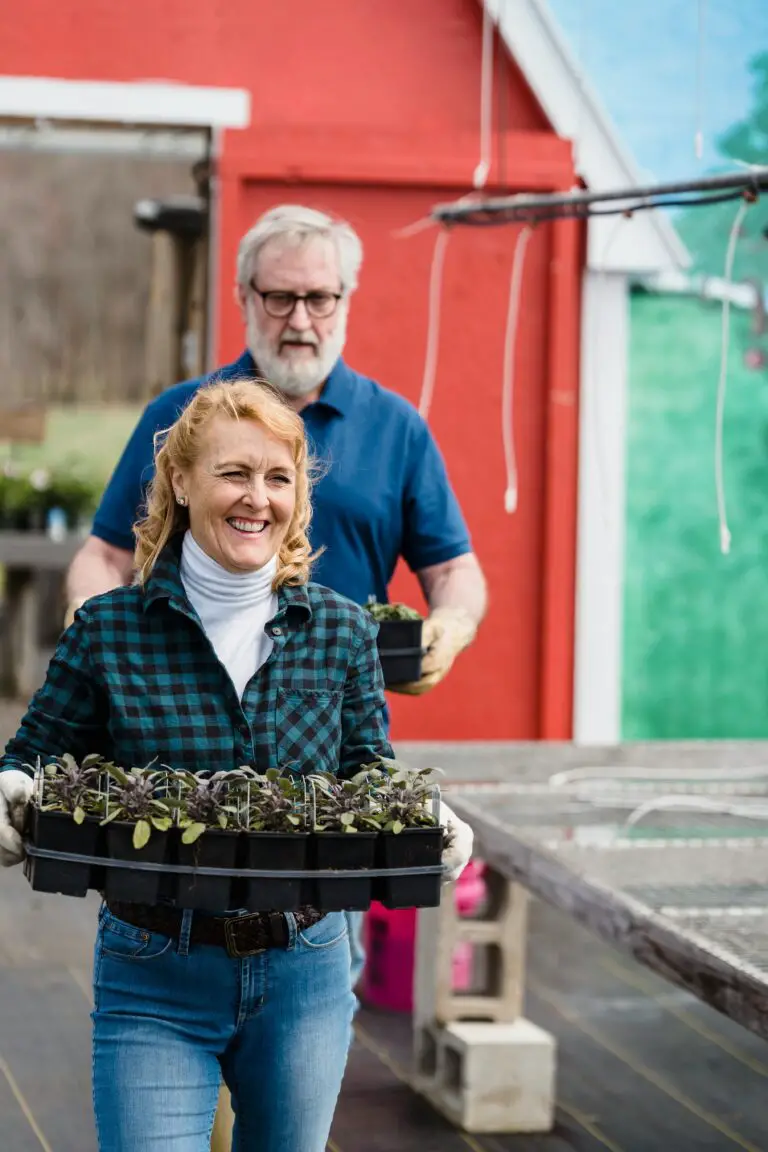
Then there’s the issue of playing matchmaker with your plants. Sedum likes to steal the limelight, but without enough sun, their colors can fade, tipping the scales towards a dreary monotone green sea in your garden. It’s crucial to understand the play of contrast—mixing in some brighter leaved plants or ones with variegated foliage can make your sedum pop, even without their full color on display. You’re staging a garden, not a green screen, after all.
Consider these little nuggets of wisdom as you plan your next garden exploit. Will your sedum stand out, or blend into the shadows? It’s a balancing act of water, contrast, and love. The thrilling part? You get to be the mastermind orchestrating it all, ensuring your shade-loving sedum not only survives but thrives under your care.
Design Ideas for Incorporating Shade-Grown Sedum in Your Landscape
Imagine transforming that dim, underappreciated corner of your garden into a lush, tranquil green space. That’s exactly what shade-loving sedum plants can do for you. These hardy succulents thrive in conditions where other plants may struggle, and they do so with an ease that invites both creativity and admiration.
One of the most delightful ways to integrate sedum into your shaded garden spaces is through companion planting. Picture a serene coalition of ferns and hostas, their broad leaves creating a textured tapestry, while the sedum provides pops of color and contrast with its sculptural foliage. This ensemble not only thrives together but also supports each other by maintaining a cool, moist soil environment that’s perfect for these shade dwellers.
As a groundcover, sedum is unparalleled. It spreads a dense living quilt across the soil, offering a lush carpet that suppresses weeds and mesmerizes the eye. Imagine a pathway bordered by sweeps of verdant sedum, leading you through your garden like a verdant runway. Not only does it add visual interest, but it also provides a practical, low-maintenance surface that stands up to foot traffic and naturalizes with ease.
Incorporating sedum into your shaded outdoor spaces also allows for vertical creativity. Why not include a living wall or trellis that’s adorned with these versatile succulents? It’s like a piece of artwork for your garden that doubles as a privacy screen or green backdrop for other flowering plants.
And let’s not forget the containers. Sedum is perfect for those shaded porches or balconies where potted plants may languish without adequate light. Tucking sedum into containers with other shade-loving beauties creates mobile vignettes that can be moved and admired from any angle, bringing life to even the most secluded of spaces.
Here’s a glimpse into how sedum can uplift a shaded garden, becoming the unsung hero of your outdoor haven.
Embracing sedum in your garden for shaded areas is more than just a landscaping decision—it’s about crafting a story. Each plant plays a role, each texture adds depth, and every color paints a picture, creating a living, breathing masterpiece that thrives in the shadows. The dance of light and shade, the symphony of rustling leaves, all come together in a spectacular display of nature’s resilience – and sedum is the charismatic lead in this enchanting play.
Frequently Asked Questions
Are you pondering which sedum varieties will flourish in the dappled light beneath your backyard oak? Welcome to our FAQ section, where we lift the veil on the shady world of sedum cultivation. Imagine a verdant tapestry woven with succulents, thriving even when the sun is playing hard to get!
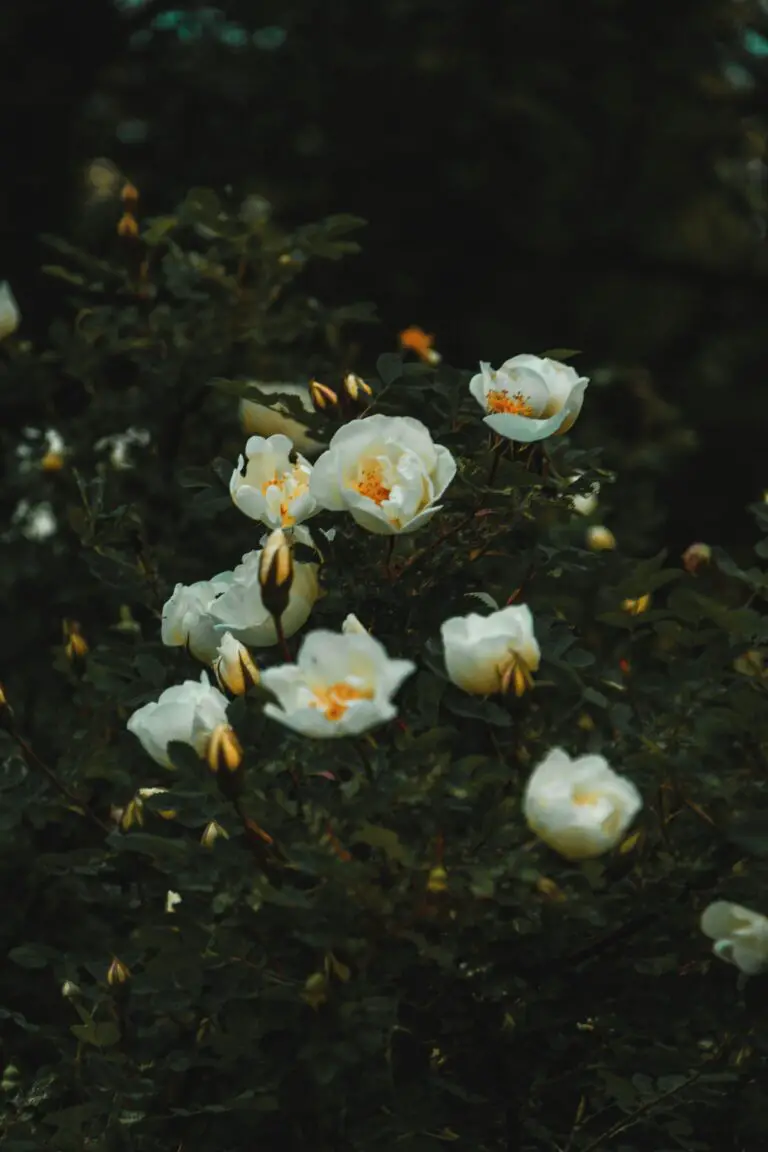
What’s the Best Time to Plant Sedum in Shady Areas?
Gardeners often ask: “When should I nestle my sedum into its cool, shaded nook?” Timing is everything; spring brings the promise of growth, just as the frost says its farewells. This is when your sedum’s roots will embrace the earth, gearing up for a season of verdant splendor.
Propagating Sedum: A Walk in the Park?
Picture this: a single leaf from your existing sedum becomes the progenitor of a new generation. With a gentle twist, you can coax a leaf from its stem and lay it upon moist soil. Eager and pliable, these leaves root with an enthusiasm that’s almost contagious among plant enthusiasts. Before you know it, new life emerges, ready to conquer the shaded domains of your garden.
Natural Pests: How to Keep Your Sedum Safe?
Even in the shade, the sedum isn’t free from the grasp of garden marauders. Snails and slugs fancy these succulent leaves, turning your sedum into an unintended snack bar. But fear not! With a sprinkle of diatomaceous earth, these critters become mere memories. More of a naturalist? Encourage frogs and toads to your garden; they’re not just fairytale creatures but valiant guardians against the munching hoards.
With these insights, your shade-loving sedum will not only survive but thrive, contributing to the lush, dappled beauty of your outdoor sanctuary. Now, go on and achieve that dreamy garden tapestry with the wisdom you’ve gained!
